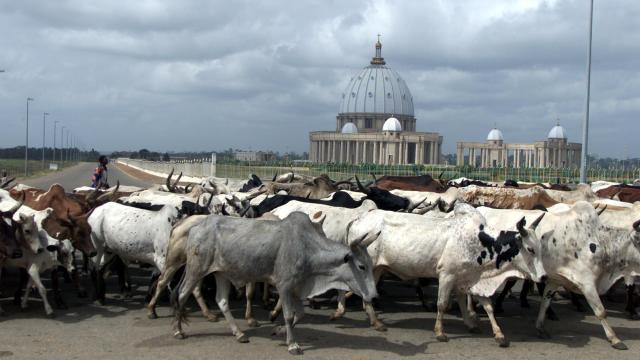Construction on the Basilica of Our Lady of Peace of Yamoussoukro, the largest church on earth, started 28 years ago in the small Ivory Coast city of Yamoussoukro. Planned by then-president Félix Houphouët-Boigny, who led the country through two decades of economic boomtime known as the “Ivorian miracle”, the church would be a monument — to God, but also to himself.
The economic miracle spanned from 1960, when independence from France arrived, to the late 1970s. Like similar booms in the United States or Germany, it had already begun to show troubling signs of decay by the early 1980s. But, by then, the 75-year-old Houphouët-Boigny was in the process of putting the finishing touch on his presidency: Moving the Ivory Coast’s capital to Yamoussoukro, his tiny hometown more than 240km inland of the country’s biggest city.
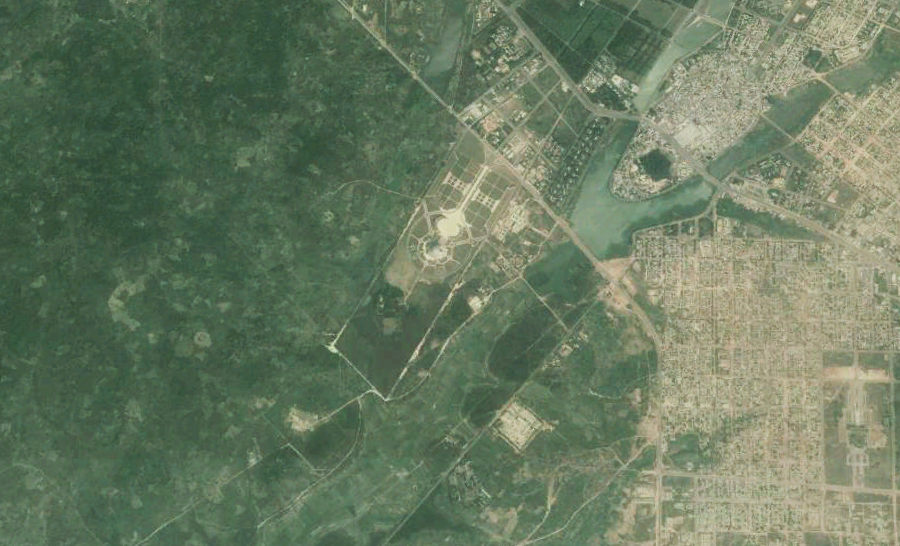
To build his capital, Houphouët-Boigny recruited a French-Lebanese architect named Pierre Fakhoury. Together, they planned a grand, super-modern city of the future, featuring palaces, roads, one of the largest airports in Africa, and a church — the Basilica of Our Lady of Peace of Yamoussoukro — that would be modelled directly after St. Peter’s Basilica in Rome.
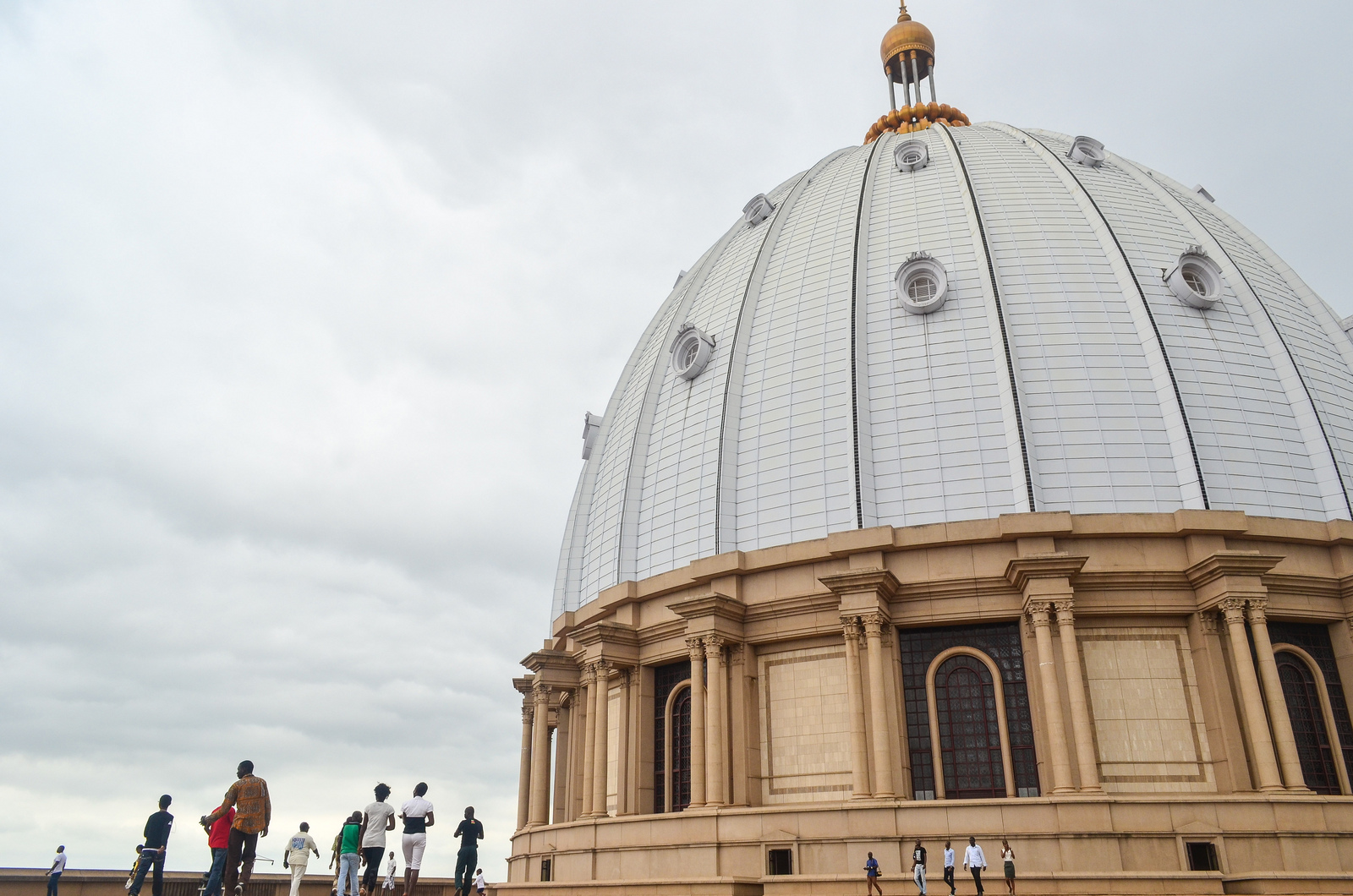
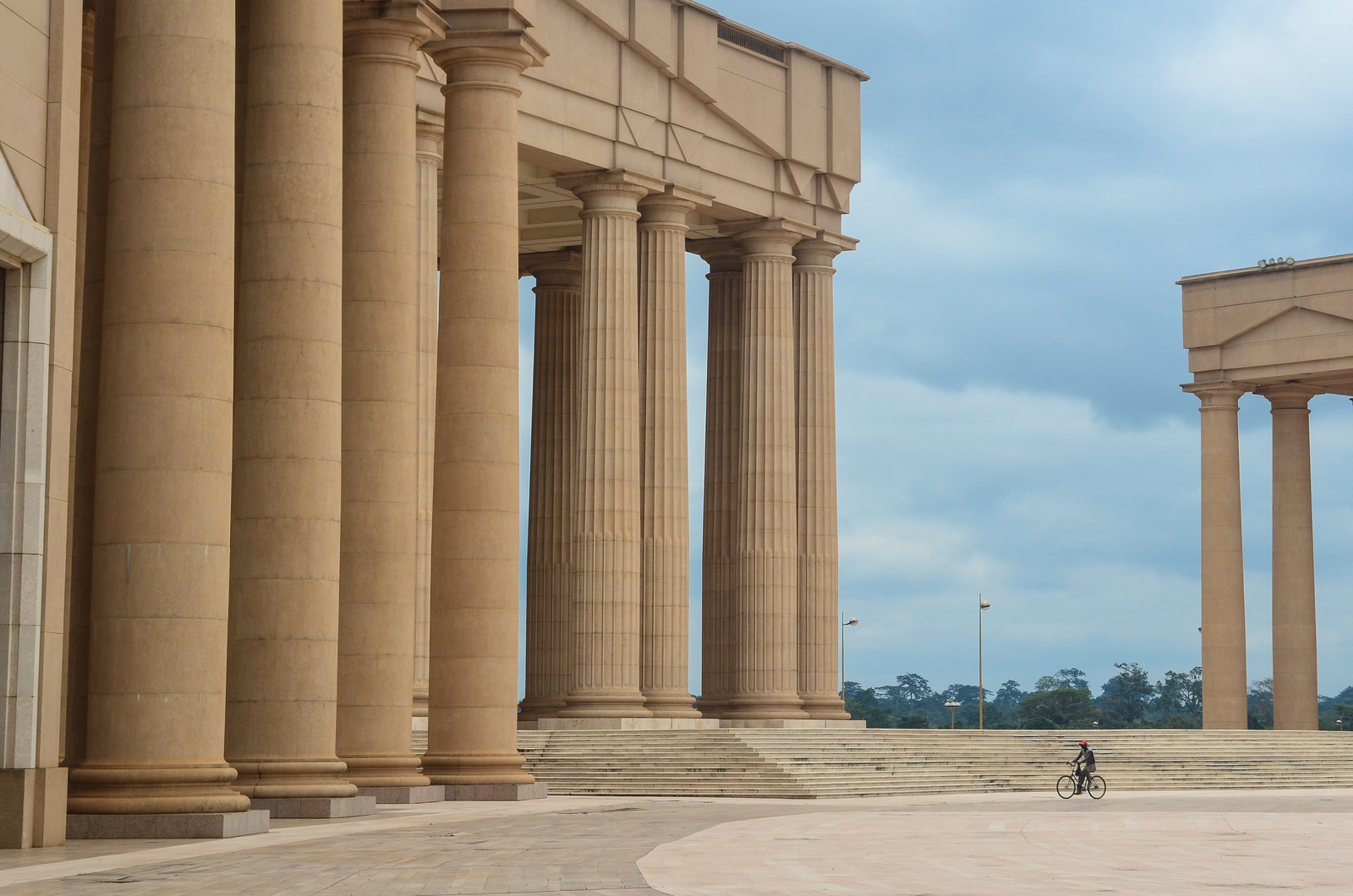
The church would be the crown on the new capital’s head: A 30,000 square metre masterpiece, filled with details to shame the real vatican. There would be a 45kg gold cross, an ornate papal villa, and a massive stained glass window showing Jesus Christ, flanked by the president himself. The Vatican requested that Fakhoury make the church’s dome just slightly lower than St Peter’s own.

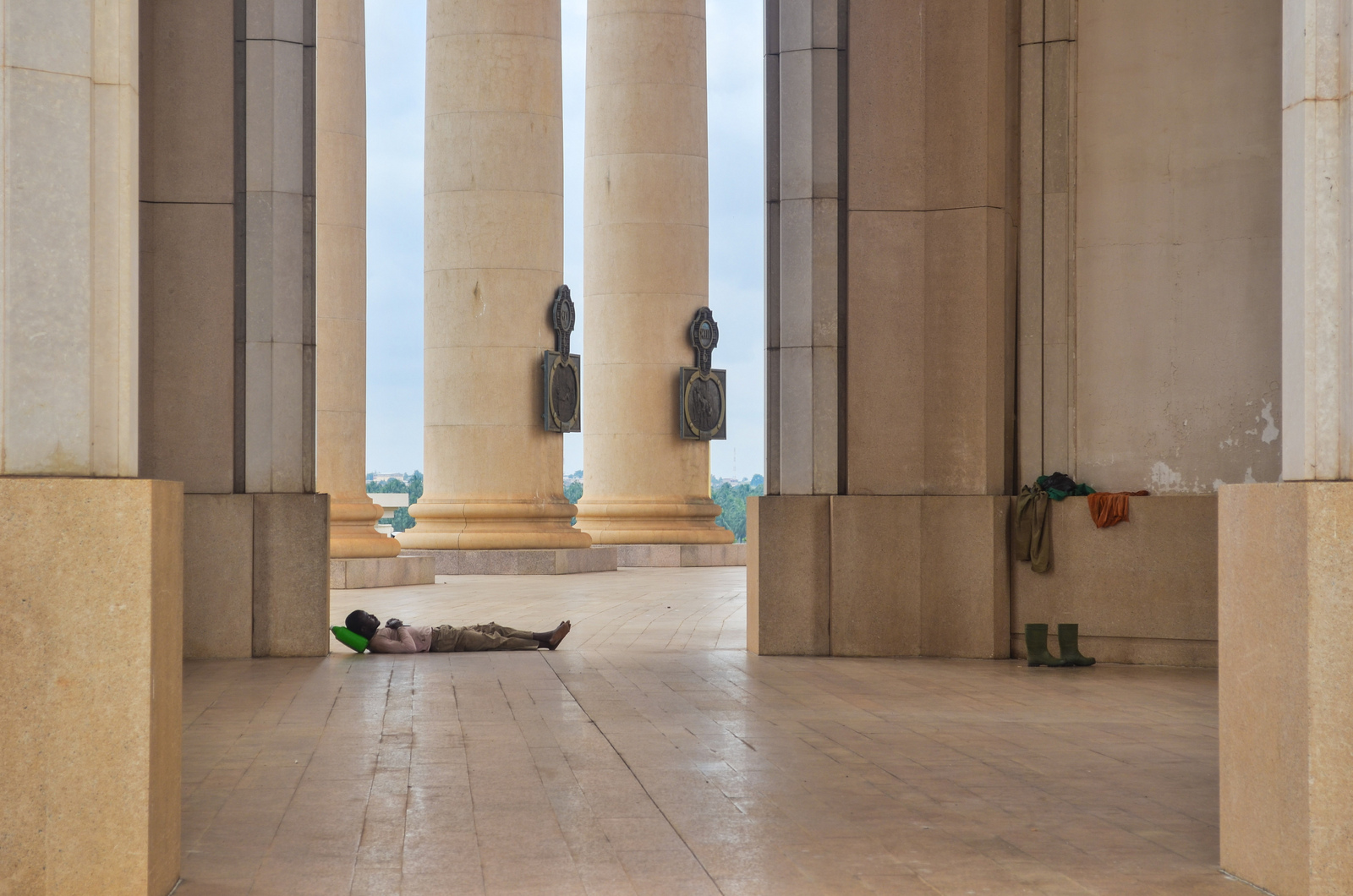
The basilica took $US300 million and five years to build, during which Houphouët-Boigny’s country fell into a deep depression, and ultimately, war. By the time the church was finished, in 1990, the Ivory Coast had plunged into an even gloomier era.
The pope had agreed to consecrate the basilica, under one condition, as a New Statesmen account of the building explains:
One of the pope’s conditions for coming to Yamoussoukro to bless what many here and abroad considered to be a vulgar vanity project was that Houphouët-Boigny construct a hospital next to the church. During the papal visit, a foundation stone for the hospital was laid. The stone is still there. “The money for the hospital has been in an account in the Vatican for 15 years,” Inès said. “We don’t know why it has not been built.”
It’s easy to see the Yamoussoukro project as a headstrong mistake — and certainly the church fits the description. But building Yamoussoukro, the city, was a risk that hundreds of other governments of the 1960s and ’70s took. The dream of modernism — particularly in the developing world — led dozens of confident politicians to invest in entire new cities. Look at Brasilia, a city built in the middle of nowhere, filled with memorials and tributes designed by a single architect, Oscar Niemeyer. Or Chandigarh, the Indian city designed in the 1950s by Le Corbusier and Pierre Jeanneret.
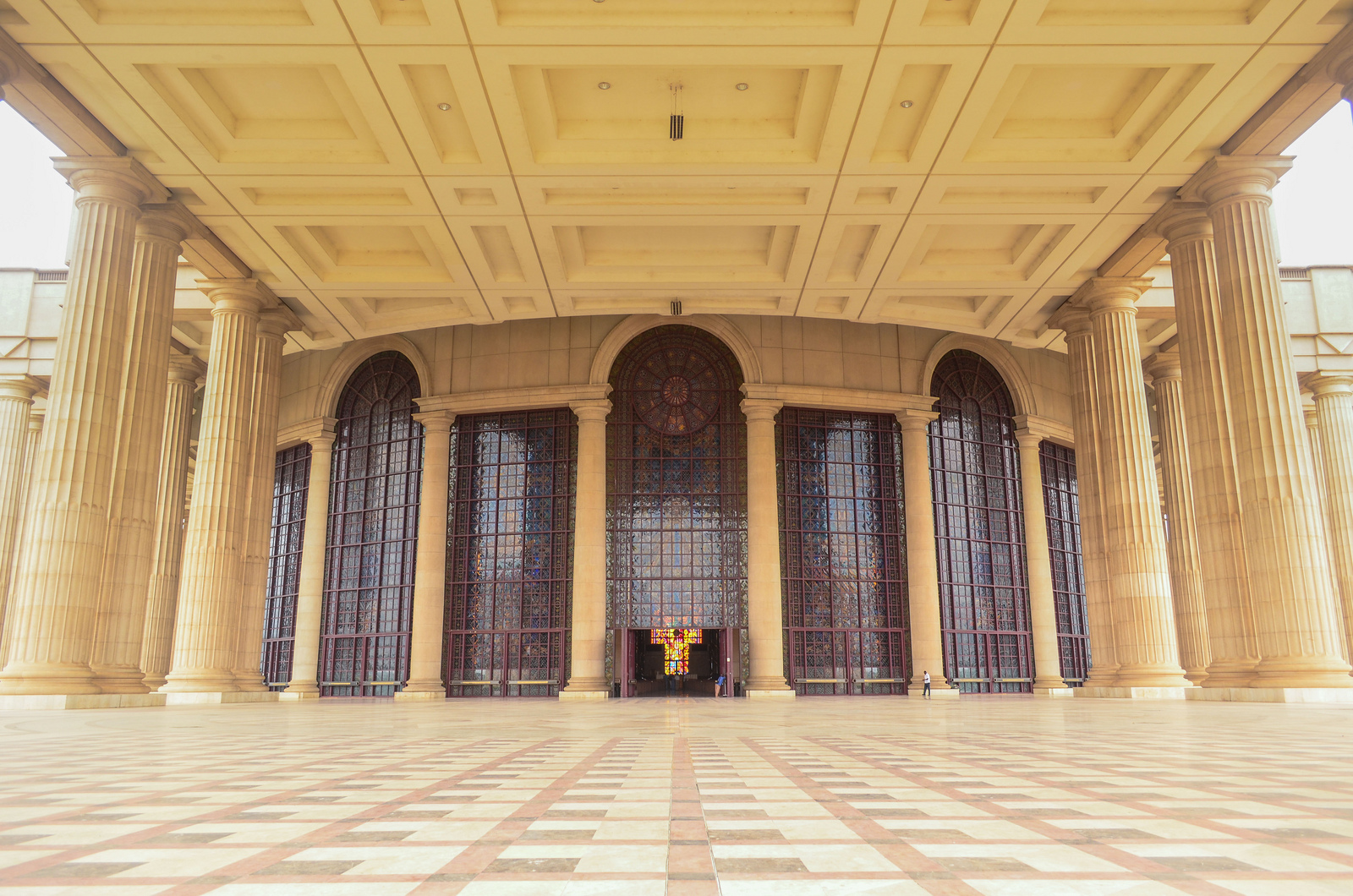
Some of these cities failed; other succeeded beyond their planners’ wildest dreams. Cities are complicated organisms. For Yamoussoukro, a combination of fatal flaws — starting with the impending economic collapse and ending with Houphouët-Boigny’s deluded decision to focus on a church rather than building a stable infrastructure or economy for the city — doomed the project from the start.


Today, the church reportedly hosts a tiny congregation of no more than a few hundred people, though it was built to seat 7000. Luckily for those of us nowhere near the Ivory Coast, French photographer Jean-Baptiste Dodane has licensed his beautiful photos of the church under Creative Commons. Take a look, and just try not to ruminate on today’s misguided monuments to personal vanity. [New Statesmen]
All images by jbdodane unless otherwise noted. Lead image: AP Photo/Schalk van Zuydam.
